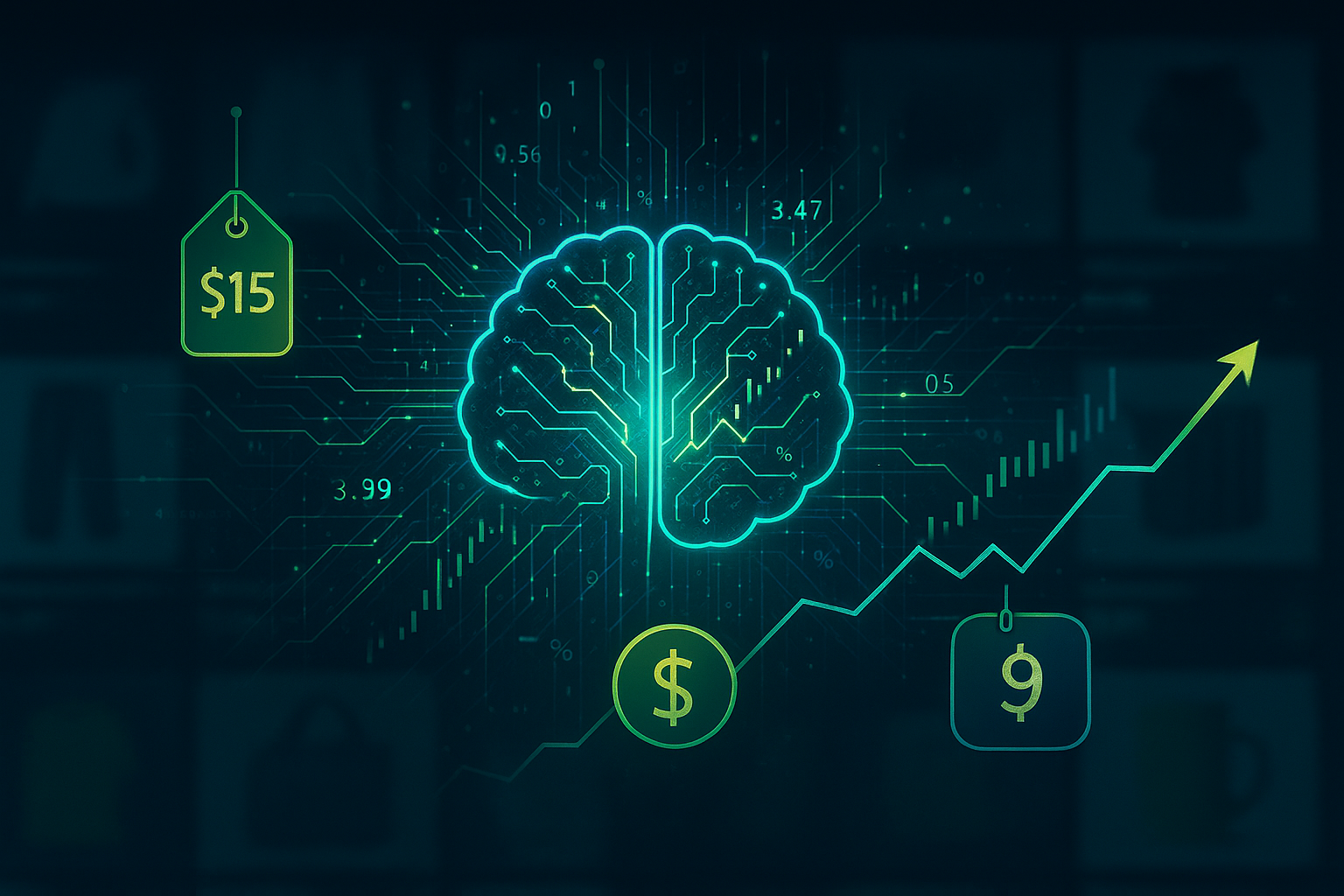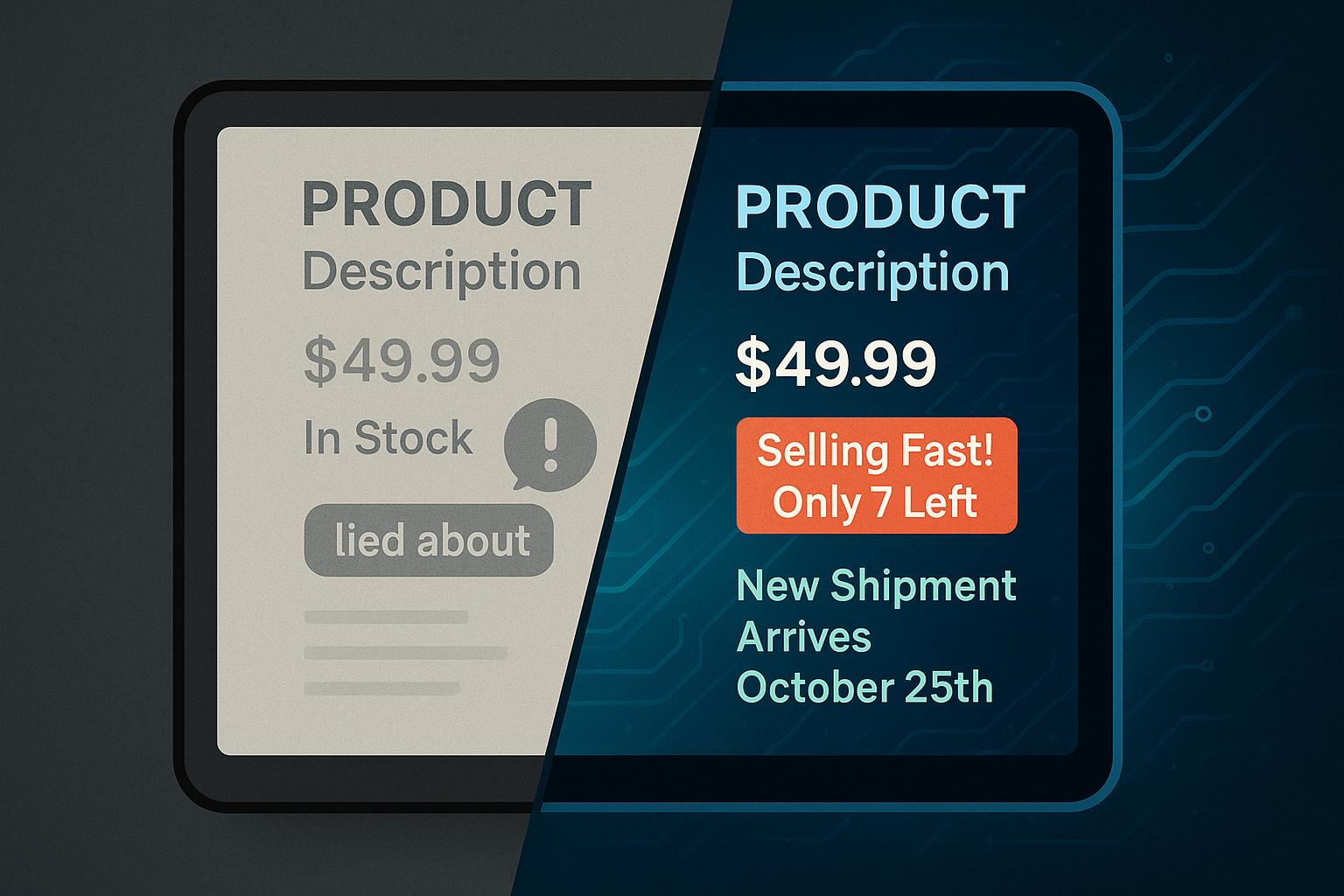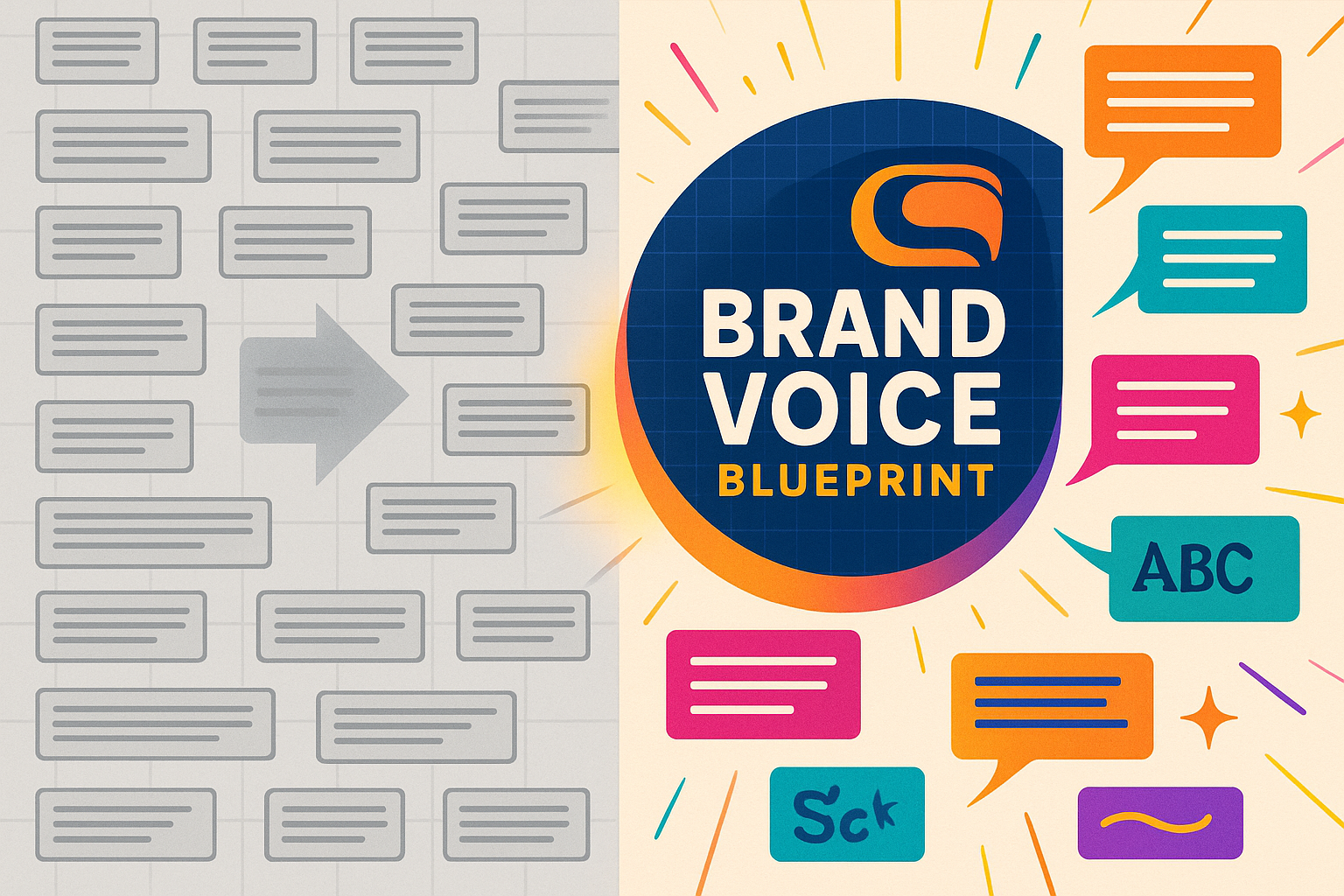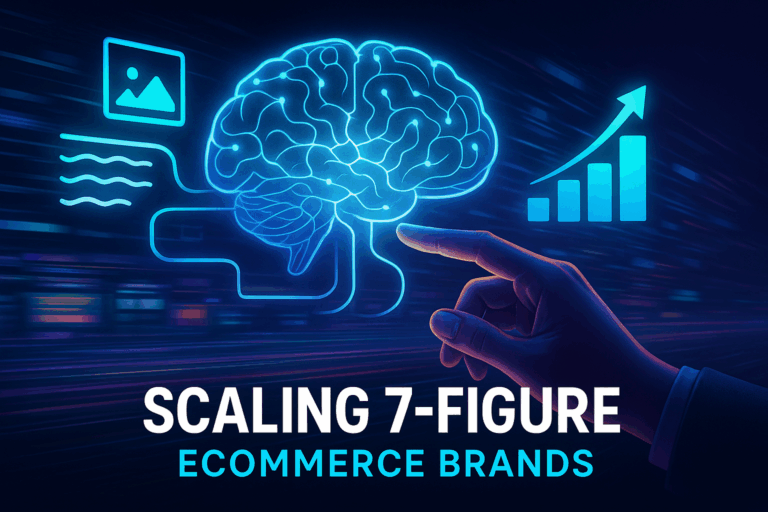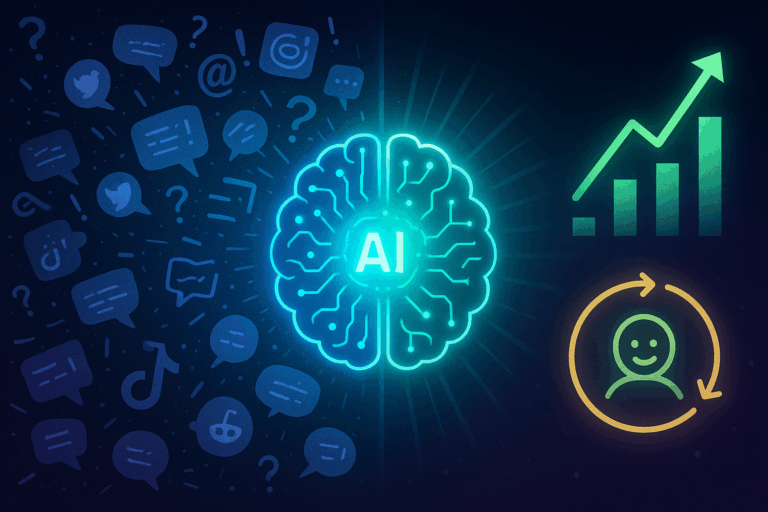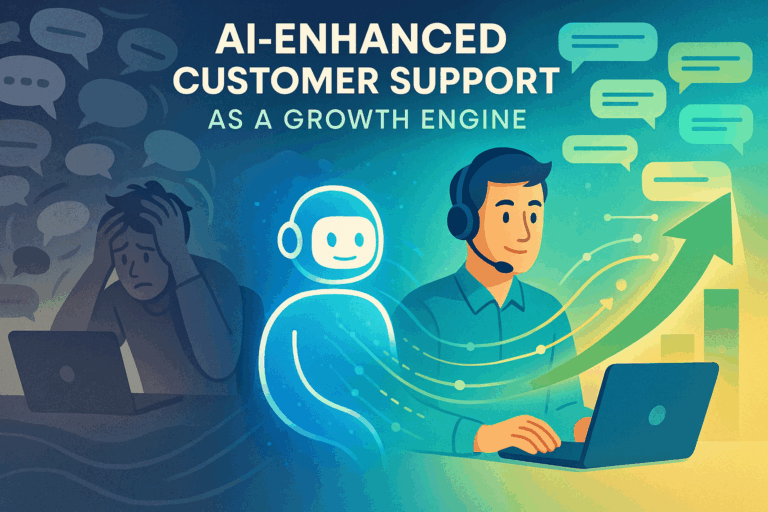Ever feel like you’re playing a guessing game with your product prices? You set a price, a competitor undercuts you, you react, and suddenly you’re in a race to the bottom.
Or maybe you’re prepping for Black Friday, wondering if you’re leaving money on the table or pricing yourself out of the market. This constant tug-of-war is a reality for most ecommerce brands.
But what if pricing wasn’t a reactive guess, but a proactive strategy? What if you had a super-smart economist on your team, working 24/7 to find the perfect price for every product, at every moment?
That’s the promise of AI-powered dynamic pricing. It’s not about random price changes; it’s about using data to make smarter decisions that boost your margins without alienating your customers.
What is AI Dynamic Pricing? (And Why It’s Not Just About Price Changes)
At its core, dynamic pricing is the practice of adjusting product prices in real-time based on market factors. Airlines and ride-sharing apps have been doing this for years. But for ecommerce, AI supercharges this concept.
Instead of just following a few simple rules, AI dynamic pricing uses machine learning to analyze massive datasets simultaneously. It’s a holistic approach that considers the entire market context, not just one or two variables.
Here are the key pillars an AI engine analyzes:
- Competitor Pricing: The AI constantly scans competitor sites to see how they’re pricing similar products, including shipping costs and promotions.
- Customer Demand: It analyzes traffic, conversion rates, and even seasonal trends to predict how much customers are willing to pay.
- Inventory Levels: The system knows when stock is low and can raise prices to maximize profit on remaining items, or lower them to clear out overstock.
- Market Trends: It can even factor in external events, like a holiday or a popular trend on social media, that might influence buying behavior.
The “aha moment” for many brand owners is realizing that AI pricing isn’t just a tool for undercutting competitors. It’s a strategic engine for understanding your product’s true market value at any given second.
The Engine Room: How AI Actually Determines the Perfect Price
So, how does an AI go from a pile of data to a specific price? It’s a sophisticated but logical process. Think of it as an “engine room” where data is the fuel and a smarter price is the output.
The Data Inputs
First, the AI needs clean, accurate data. It pulls from multiple sources:
- Internal Data: Your product catalog, historical sales data, current inventory levels from your ERP, and website traffic from Google Analytics.
- External Data: Competitor prices, industry-wide demand trends, consumer price indexes, and even weather forecasts if you sell seasonal goods.
The AI Models at Work
Once the data is collected, different types of machine learning models get to work. You don’t need to be a data scientist to understand the gist:
- Regression Models act like expert trend-spotters, predicting future demand based on past performance.
- Reinforcement Learning Models are like tireless testers. They experiment with small price adjustments, learn from the results (higher conversion, more profit), and continuously refine their strategy.
This combination allows the AI to not just react to the market, but to predict it.
Common AI Pricing Strategies in Action
The AI uses this intelligence to execute several proven strategies:
- Competitor-Based Pricing: The AI doesn’t just blindly match the lowest price. It strategically positions your products. Maybe it matches a key competitor on a top-selling item but holds a higher price on a unique product where you have an advantage.
- Demand-Based Pricing: When a product suddenly goes viral or enters its peak season, the AI can incrementally increase the price to match the surge in demand, maximizing your revenue.
- Inventory-Driven Pricing: Have 1,000 units of a slow-moving product? The AI can find the optimal discount to clear space. Down to your last 10 units of a bestseller? It can raise the price to capture maximum value from scarcity.
A Closer Look: Competitor Monitoring with AI
Manually tracking competitor prices is impossible at scale. This is where specialized AI agents become a brand’s secret weapon.
For instance, an Ecommerce Competitor Spy Tool automates this entire process. Instead of an employee spending hours checking dozens of websites, an AI agent does it in seconds. It monitors price changes, new product launches, and even when competitors run out of stock, feeding that critical intelligence directly into your pricing engine. This allows you to respond to market shifts instantly, not days later.
Putting AI to Work: Your Roadmap to Implementation
Getting started with AI pricing is more accessible than ever. You don’t need an in-house team of PhDs. Here’s a practical roadmap.
- Define Your Goals: What are you trying to achieve? Is it maximizing profit margins, increasing market share, or liquidating old inventory? Your goal will determine the AI’s strategy.
- Gather Your Data: Consolidate your data sources. Ensure your product catalog is clean and your inventory data is accurate. Bad data leads to bad pricing decisions.
- Choose Your Tools: You can opt for off-the-shelf software that plugs into platforms like Shopify, or work with a specialist to develop custom-trained ai agents for ecommerce that are tailored to your specific brand and market.
- Test, Measure, and Refine: Start with a small segment of your products. Set guardrails—like a maximum and minimum price—to prevent extreme fluctuations. Monitor key metrics like conversion rate, revenue, and profit margin, and let the AI learn and adapt.
The Golden Rule: Balancing Profit with Customer Trust
The biggest fear surrounding dynamic pricing is customer backlash. No one wants to see a price change right after they’ve added an item to their cart. This is where strategy and ethics are crucial. AI isn’t replacing your judgment—it’s amplifying it.
Here’s how to build a pricing strategy that’s both smart and fair:
- Set Clear Guardrails: Establish rules that prevent drastic price swings. For example, a rule could state that a product’s price cannot change more than 10% in a 24-hour period.
- Avoid Personalization Pitfalls: Pricing based on individual user data (like showing a higher price to a Mac user vs. a PC user) is legally gray and erodes trust. Focus on market-level data like demand and competitor actions, not personal characteristics.
- Be Transparent (When It Matters): You don’t need to announce every small price change. But for sales or promotions, be clear about the terms. Phrases like “Limited-time offer” set proper expectations.
- Reward Loyalty: Use your customer data to offer loyal buyers exclusive discounts. This shows you value their business, creating a positive perception that counteracts any feelings of unfairness from price fluctuations.
The second “aha moment” is that ethical AI pricing isn’t a limitation; it’s a competitive advantage. Brands that use AI to provide fair, consistent value will build stronger customer relationships in the long run.
Frequently Asked Questions (FAQ)
Will dynamic pricing scare away my customers?
Not if implemented thoughtfully. The key is to avoid drastic, unexplained price hikes. Gradual adjustments based on real market factors are generally accepted by consumers. Focusing on fairness and transparency is essential.
How much data do I need to start?
While more data is always better, you can start with a few months of reliable sales history, a clean product catalog, and a list of key competitors. The AI will learn and become more accurate over time.
Is AI pricing only for big companies like Amazon?
Not anymore. The technology has become much more accessible. Many solutions are designed for high-growth, 7-figure brands on platforms like Shopify, Magento, and BigCommerce.
What’s the difference between dynamic pricing and algorithmic pricing?
The terms are often used interchangeably, but there’s a nuance. Algorithmic pricing typically follows a fixed set of “if-then” rules. AI-powered dynamic pricing is more advanced, using machine learning to adapt and improve its own rules over time without human intervention.
Your Next Move in Smart Pricing
Stepping into the world of AI-powered dynamic pricing is about shifting from guesswork to data-driven strategy. It’s about ensuring every product is priced to perfectly match its current market value, protecting your margins and strengthening your competitive position.
This isn’t a futuristic concept; it’s the new standard for high-growth ecommerce. The brands that embrace intelligent automation now are the ones who will build a sustainable advantage. The first step is to stop thinking about pricing as a static number and start seeing it as a dynamic conversation with the market—a conversation that AI is uniquely equipped to lead.

